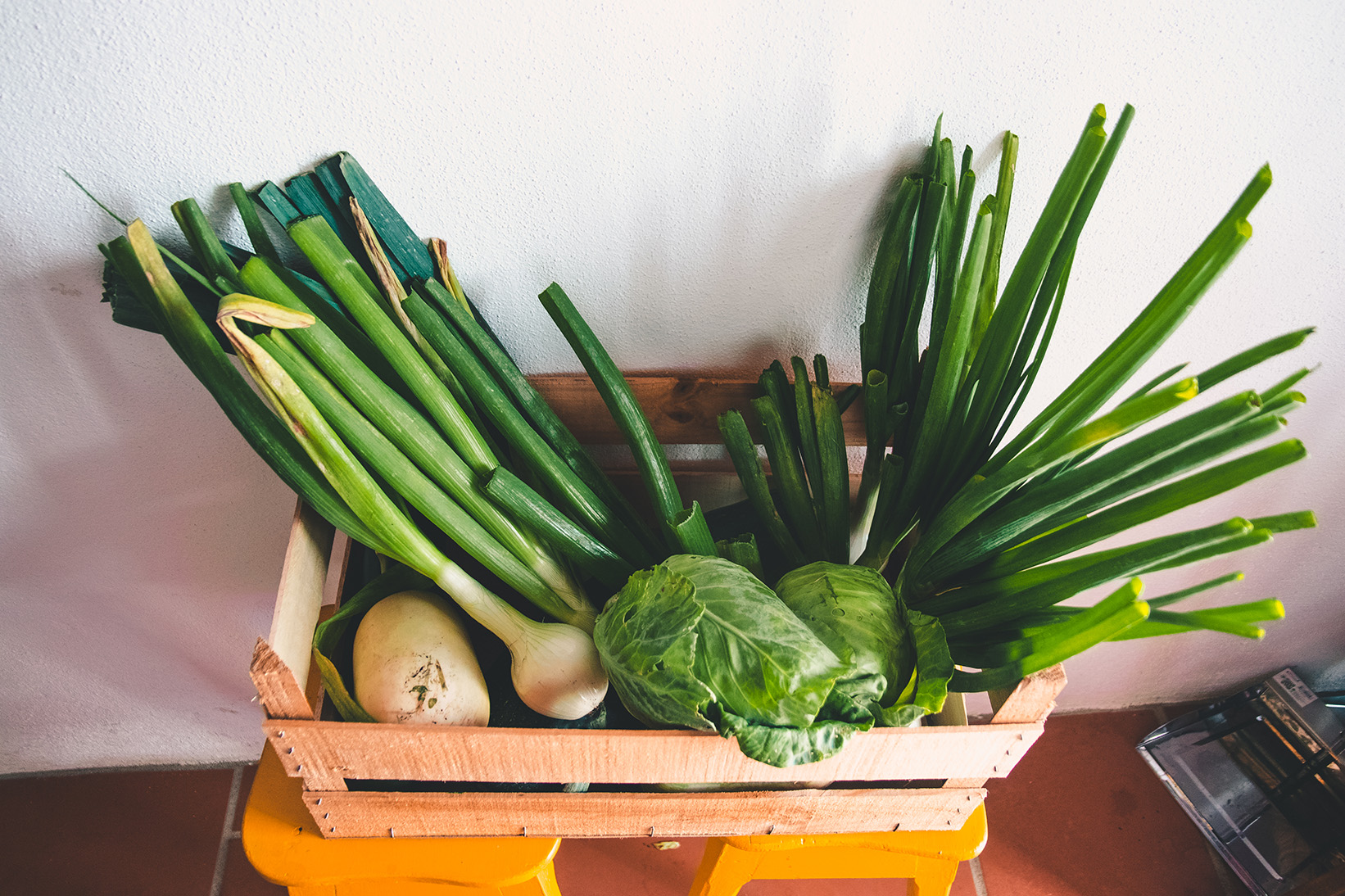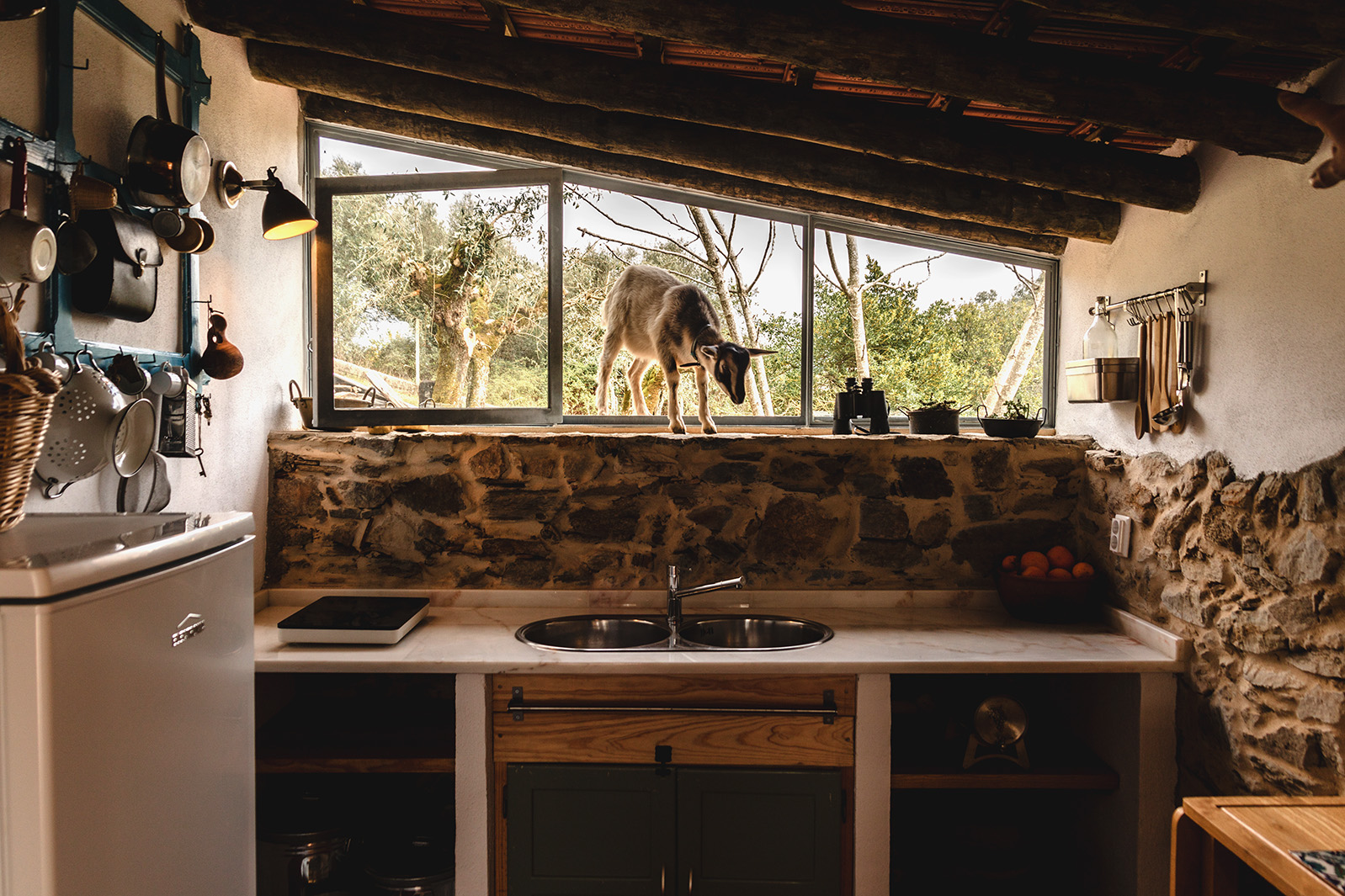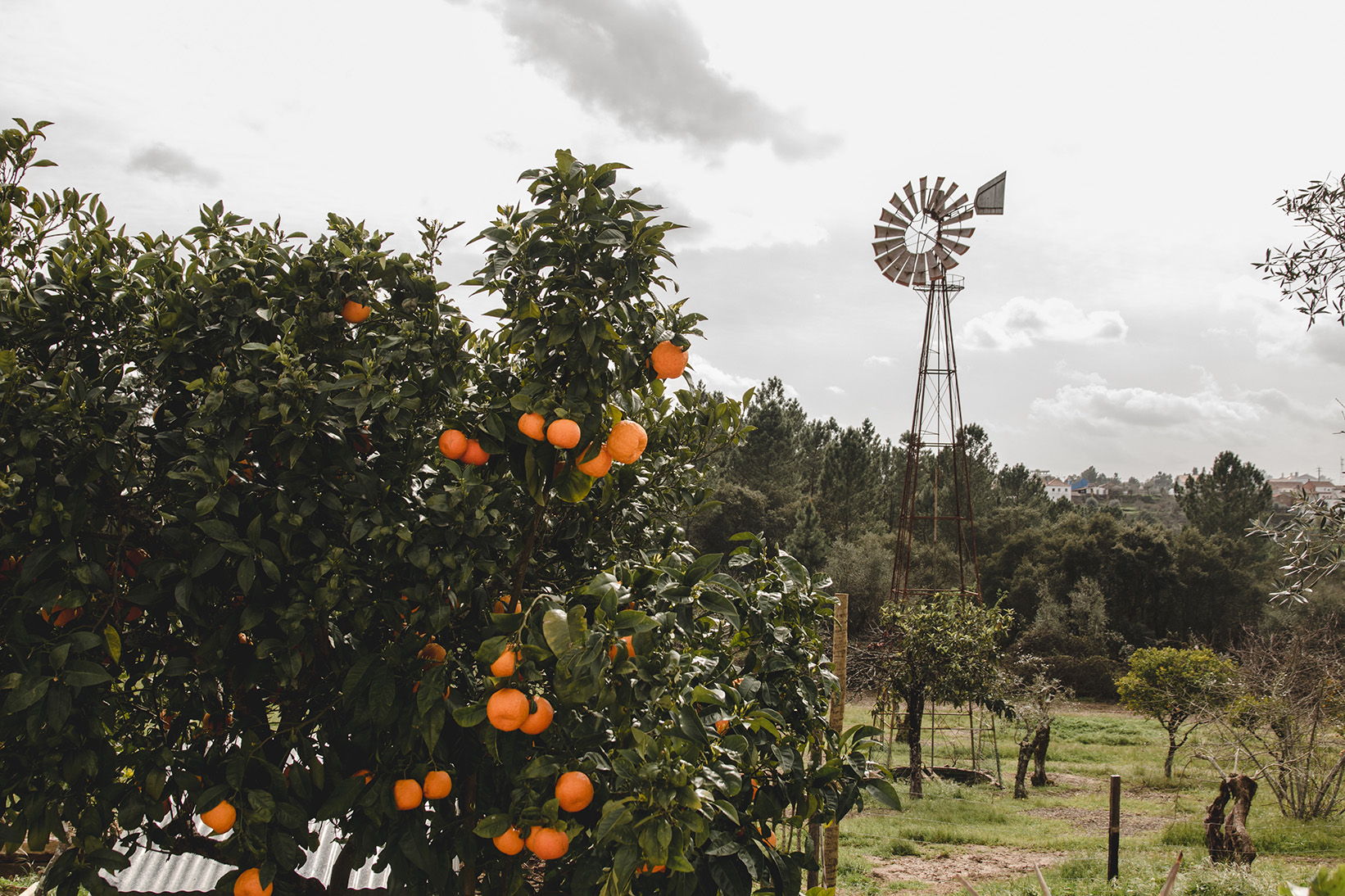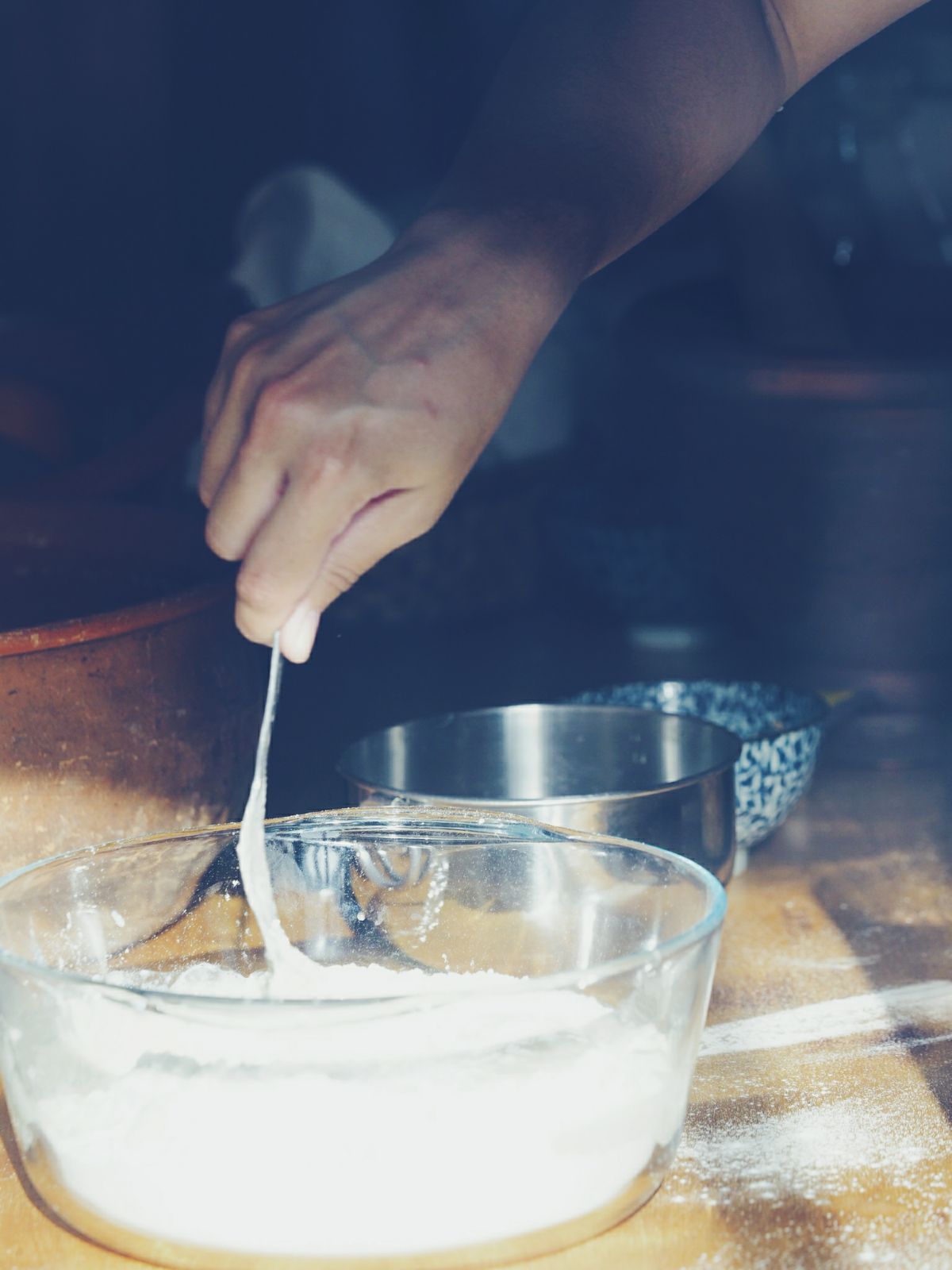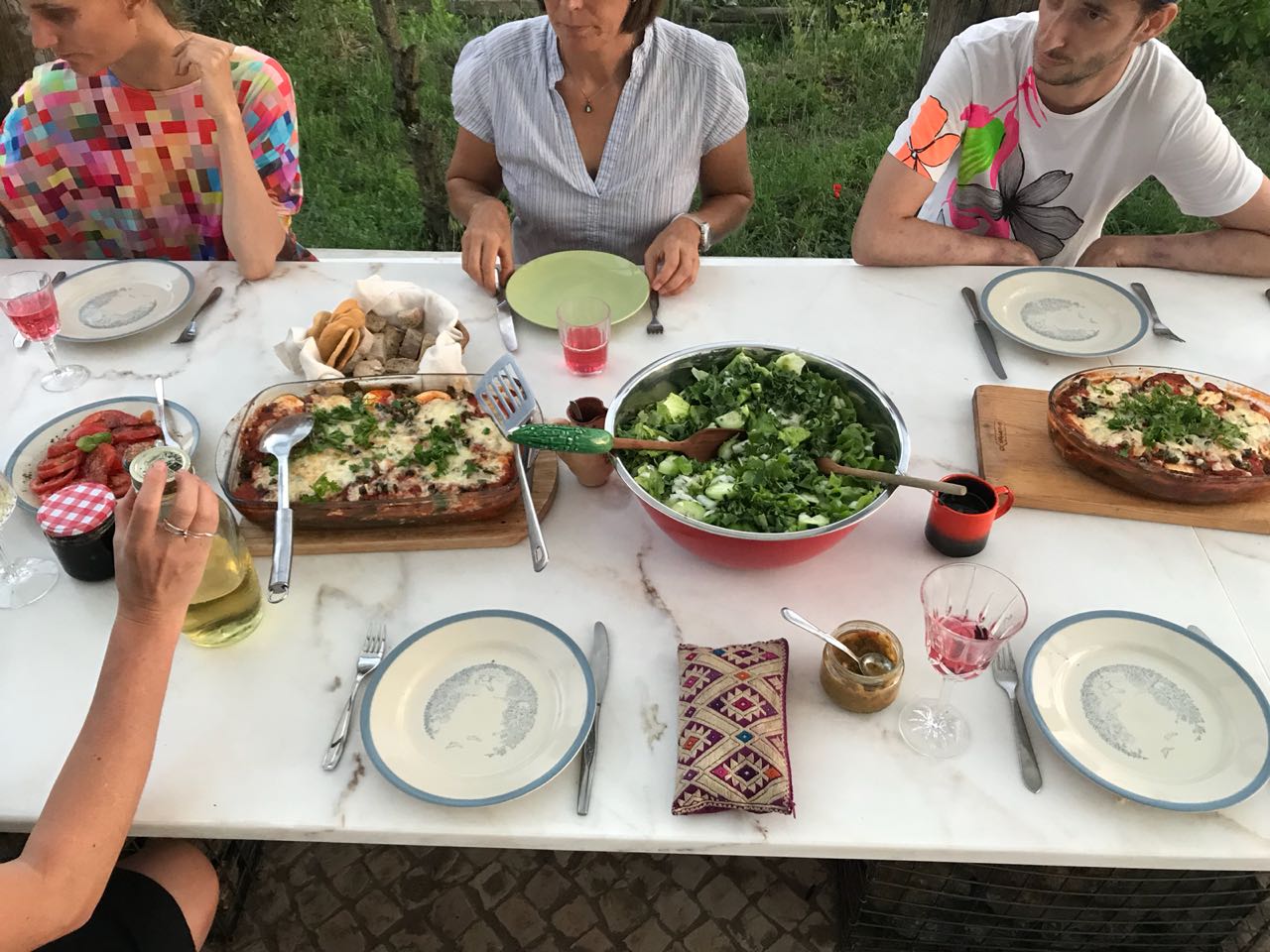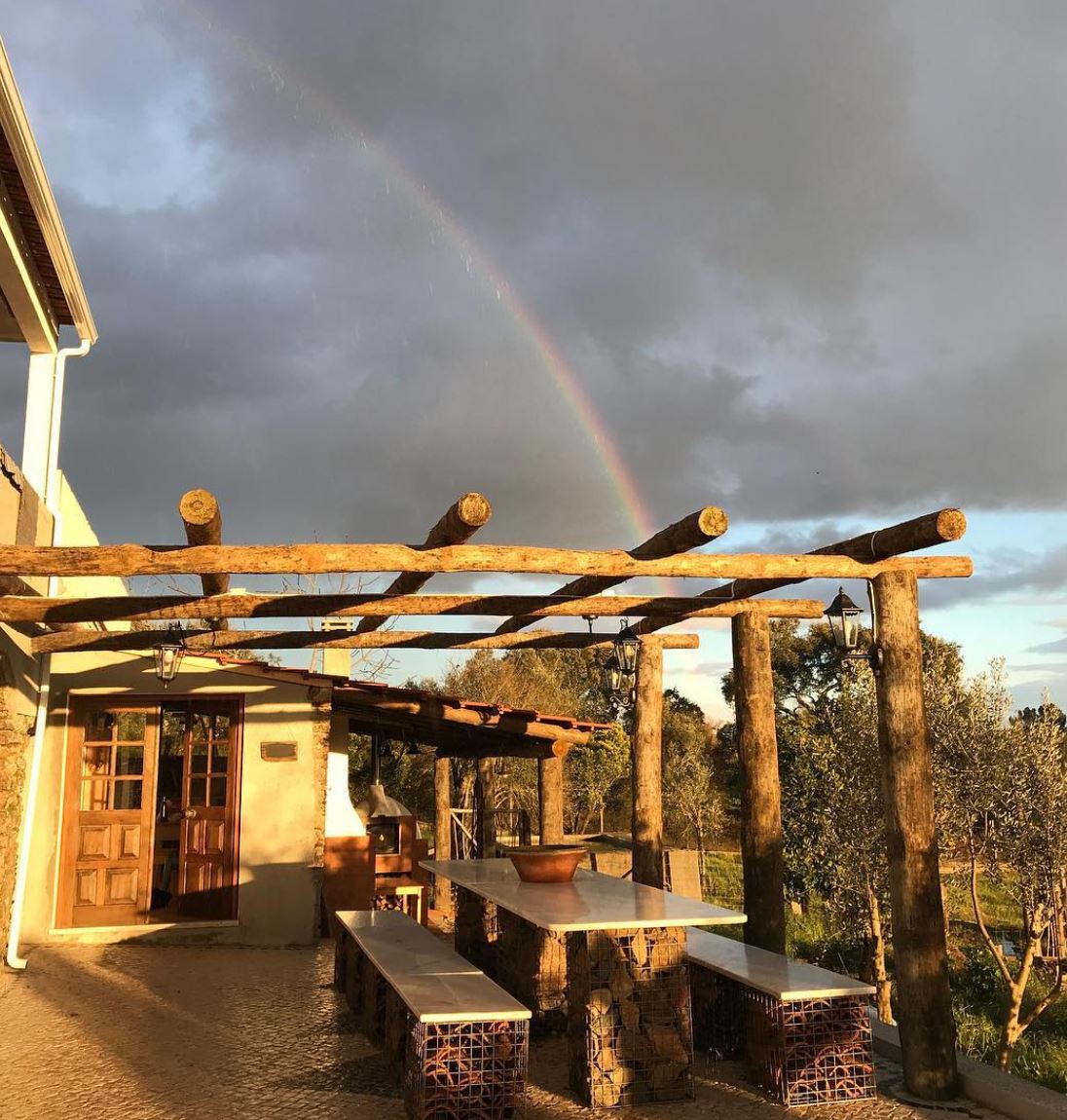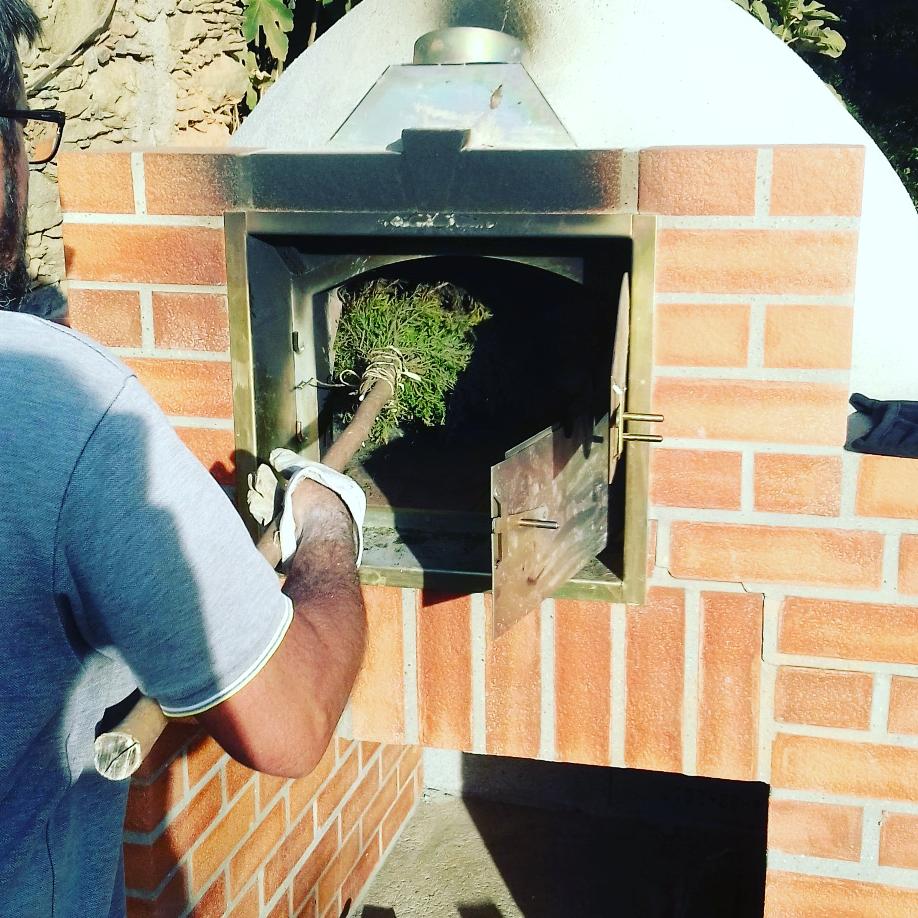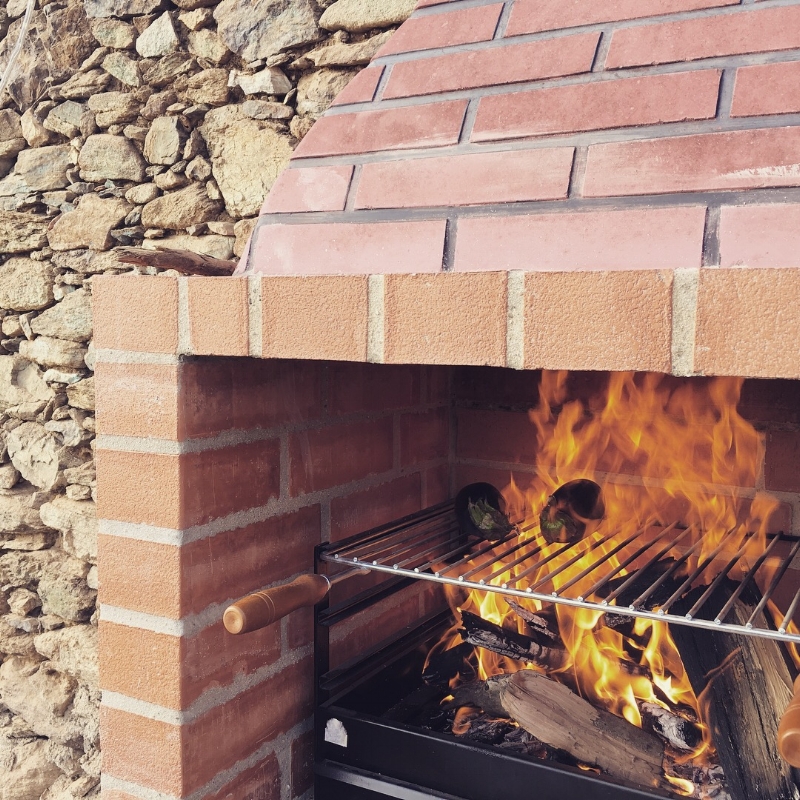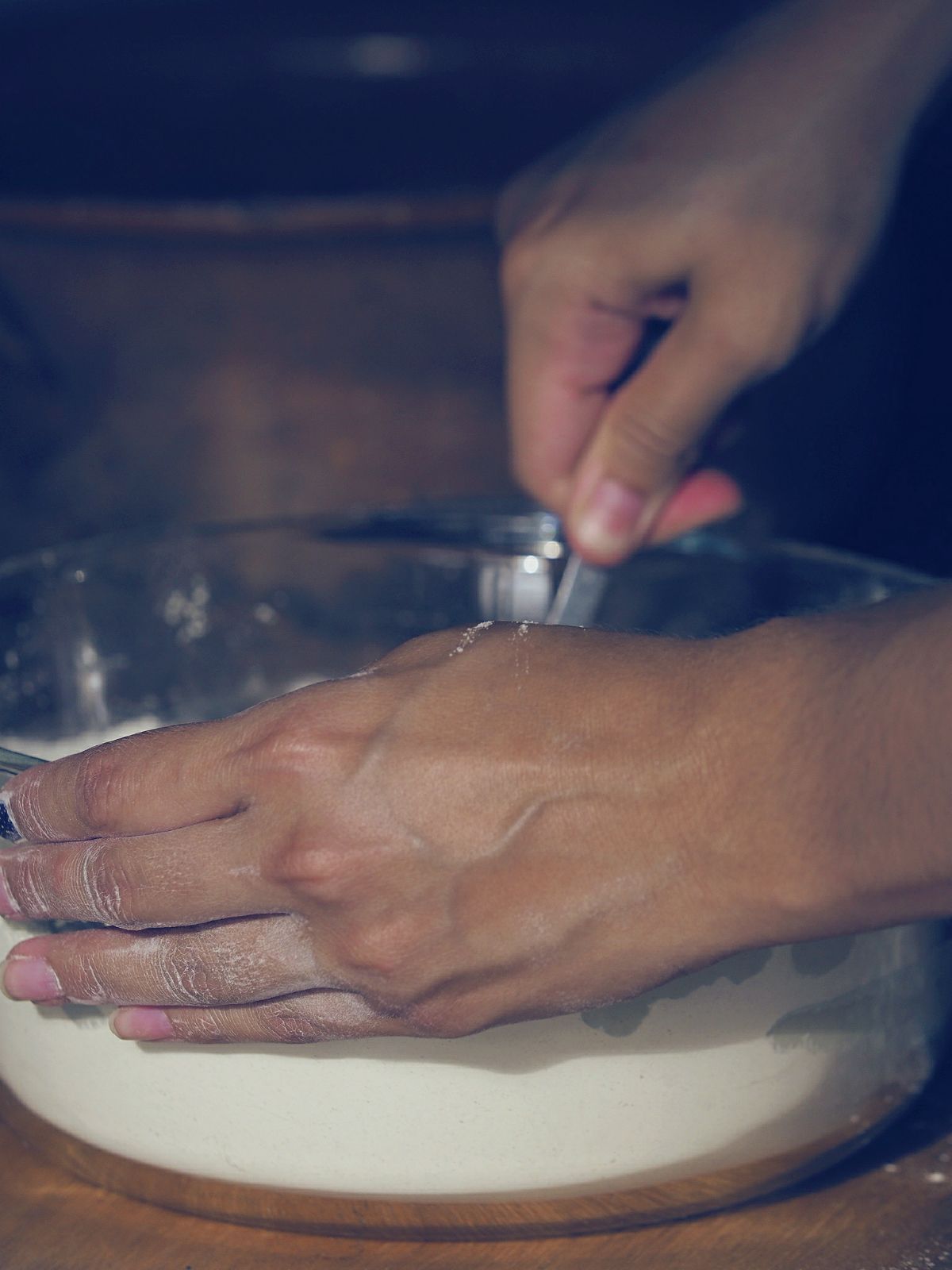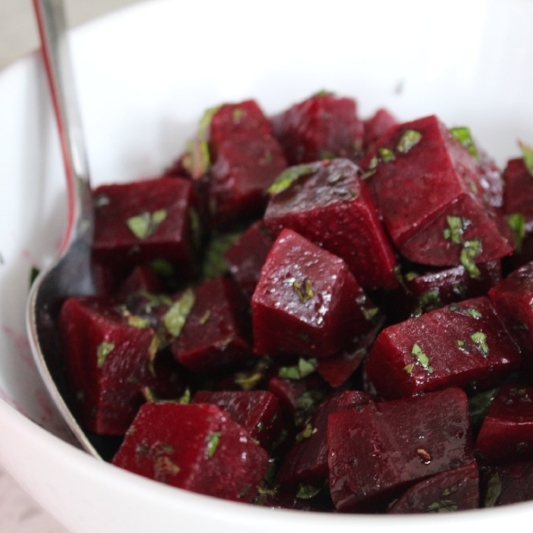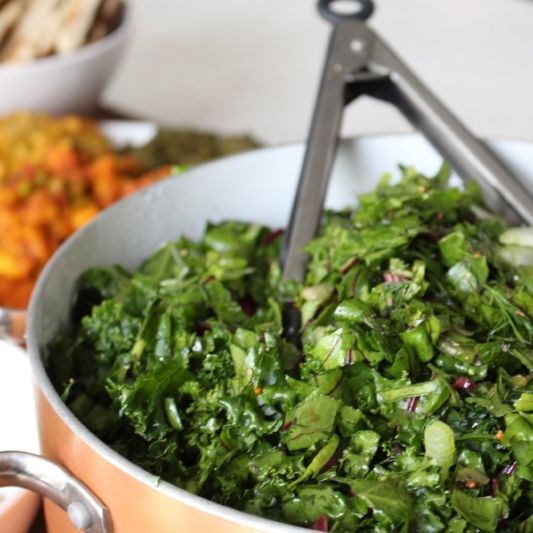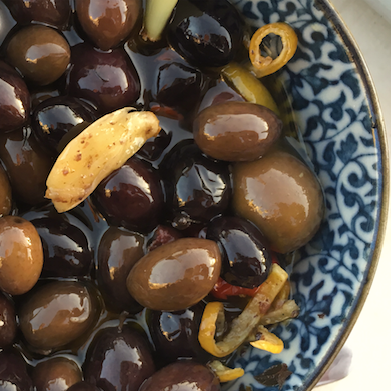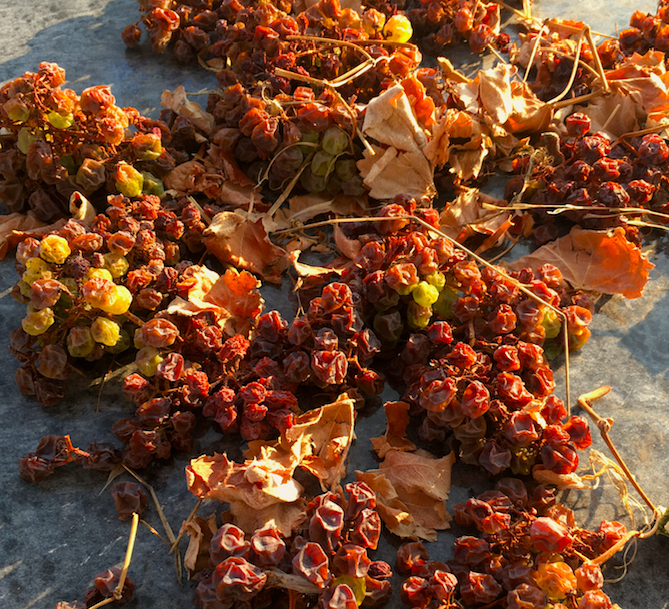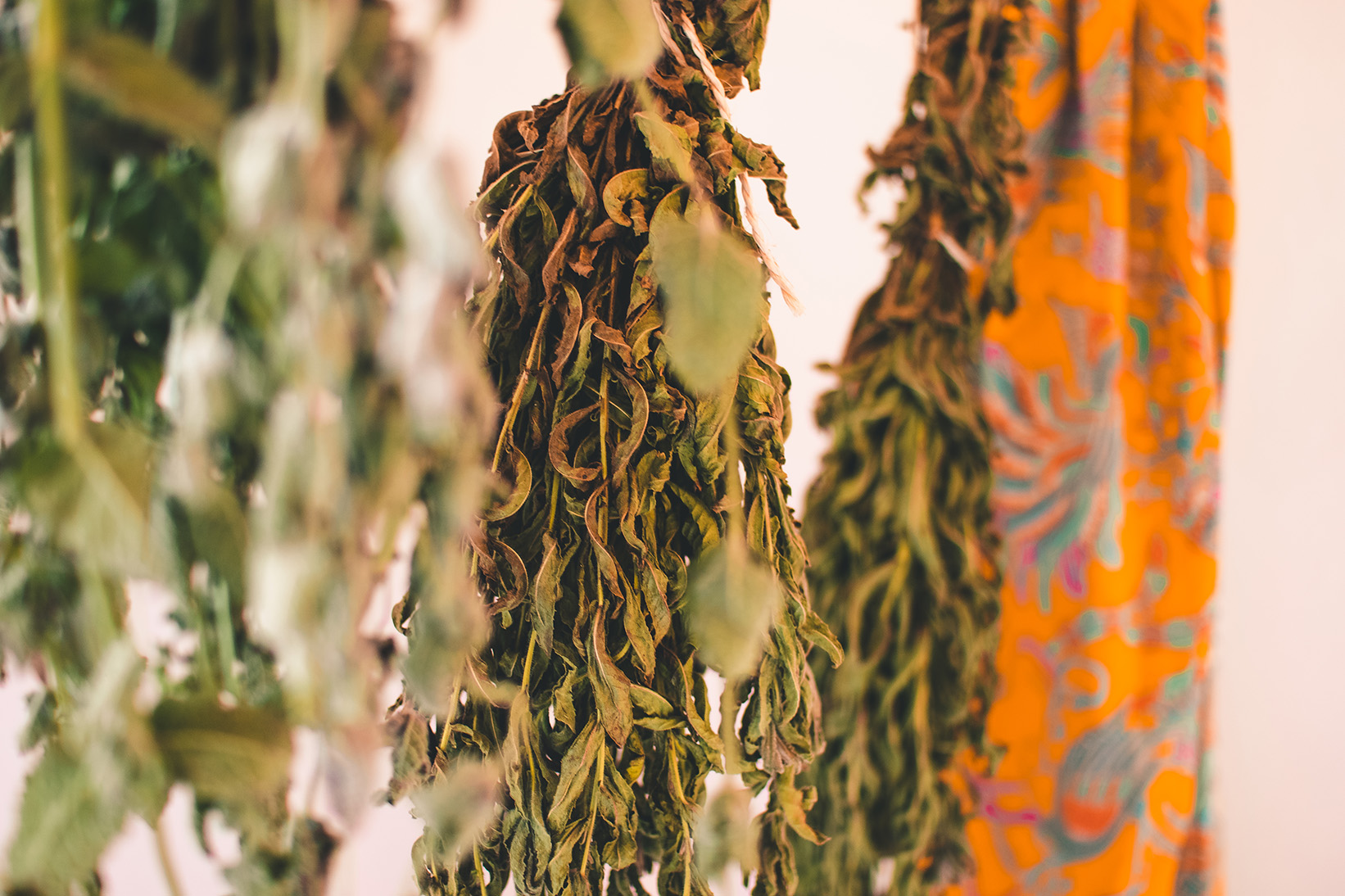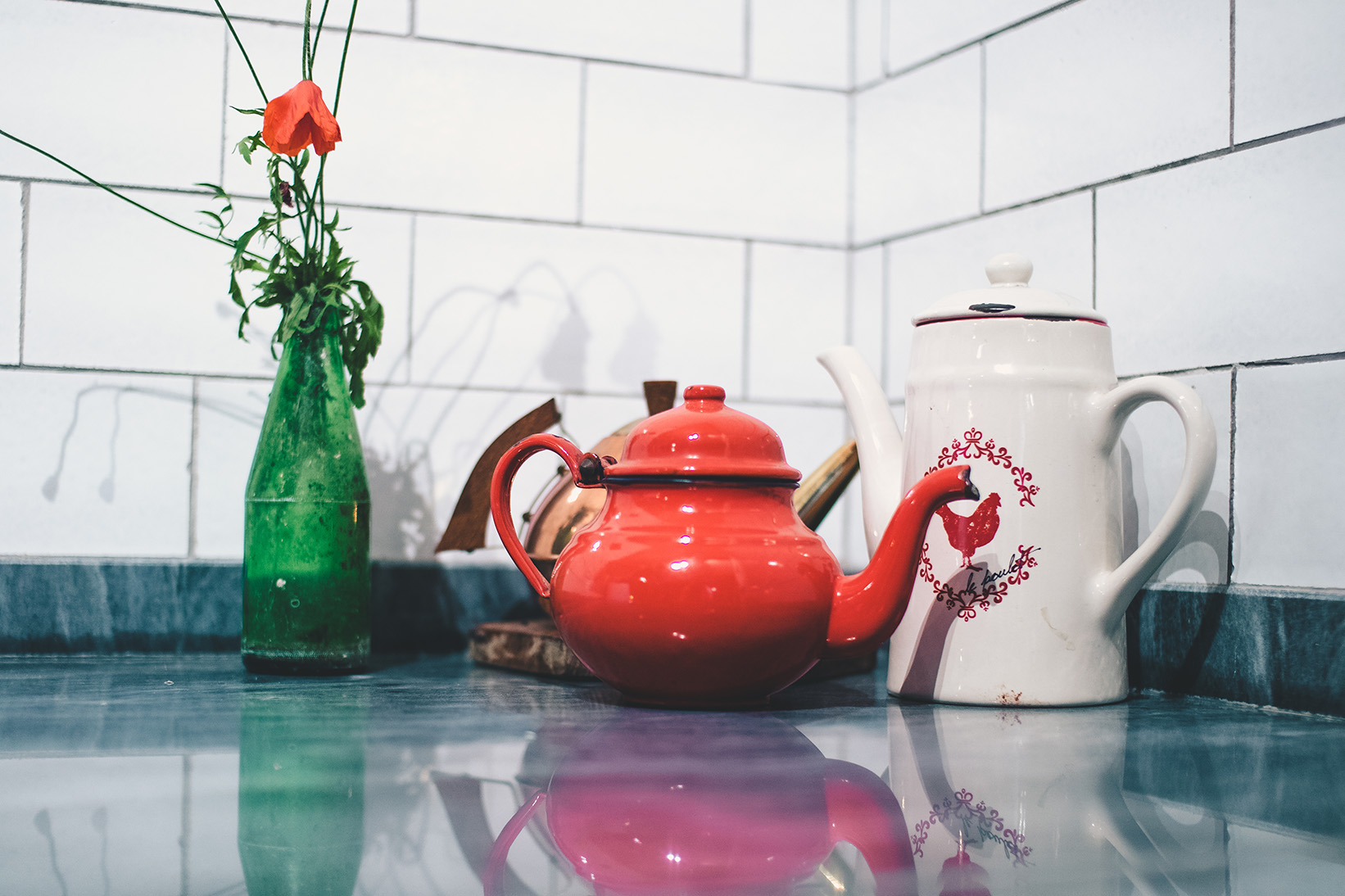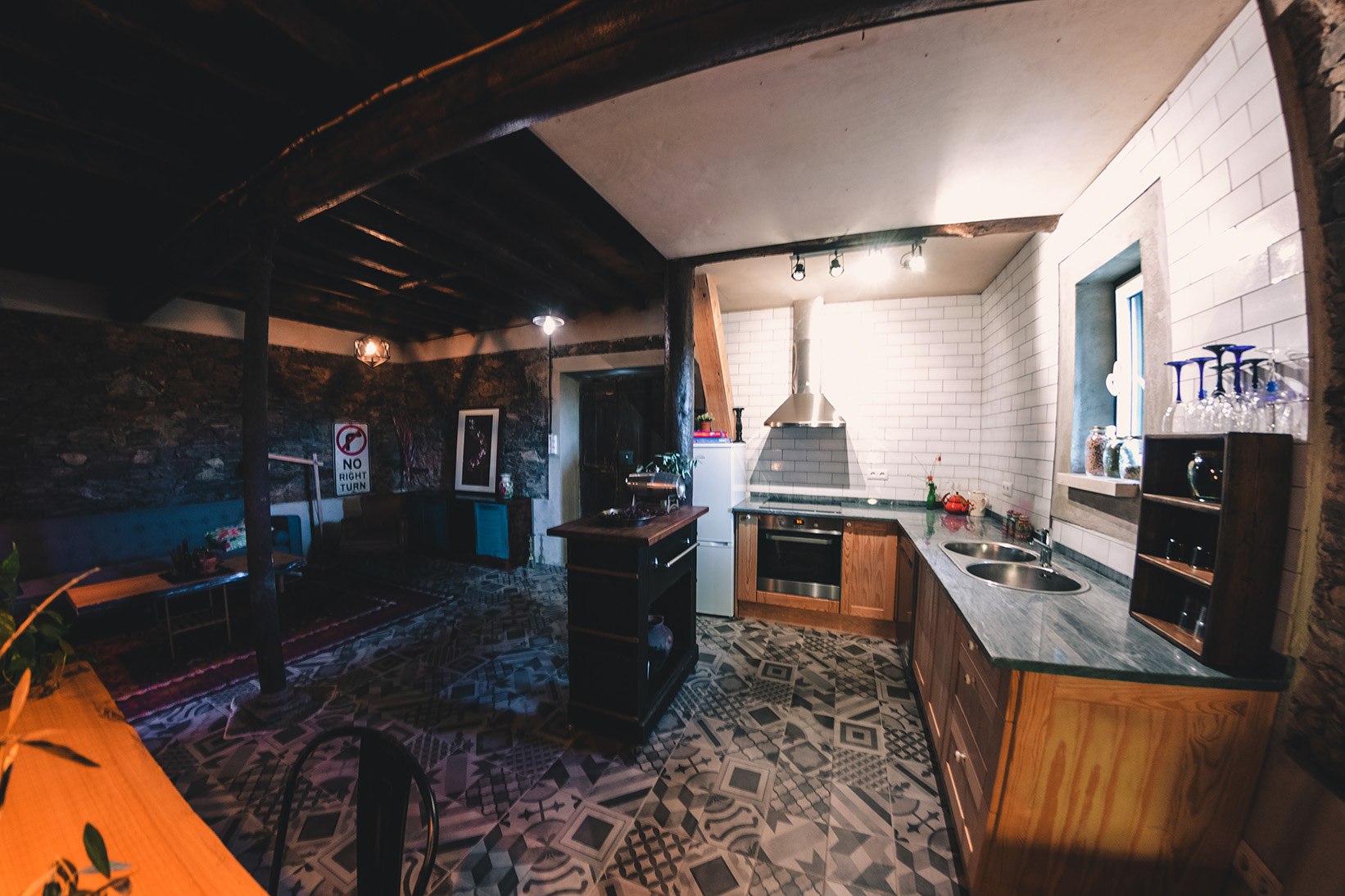This easy to make Moroccan chilli paste (AKA Harissa) adds pop to any dish. At the CO Project, we add an extra half cup of olive oil on top so that our guests can drizzle the flavorsome oil all over our delicious vegetable dishes, adding just a touch of heat and a load of flavour.
What you need
A handful of any dried chilies you have on hand; you can combine different ones or just have one type
Boiling hot water
Whole spices: coriander seeds, cumin seeds, and caraway seeds
5 cloves of garlic
Sea salt and black pepper to taste
1 cup of Olive oil
A high speed blender
How-to Make It
Soak the dried chilies in enough hot water to just cover, and leave for 30 minutes to rehydrate and get plump.
While soaking, you will then dry roast a teaspoon each of coriander seeds, cumin, and caraway. Dry roasting is when you use a hot dry heavy based pan with NO oil, and you keep moving the seeds around until they get aromatic but don’t burn. Once they have started to release their flavour (you can smell this!) take them off the heat, and once they are cool, place in the blender you will use.
Drain the chilies when soft, and add them and to your spices in the blender or food processor. Add 4 of the cloves of garlic and some sea salt and pepper.
Start to blend, slowly adding some olive oil until it’s a nice smooth paste. It will become a dark red colour and you want it to be a paste consistency, so add olive oil until you get that and then stop.
Taste and add the extra garlic or salt to your taste liking, but be careful as it will be HOT!
Put in a clean glass jar and top off with all the extra olive oil. You can keep it for a few weeks as long as you have olive oil on top. The flavor will change over the first few days and may mellow out, so don’t be afraid if it’s too hot when you first start out!
ENJOY!





